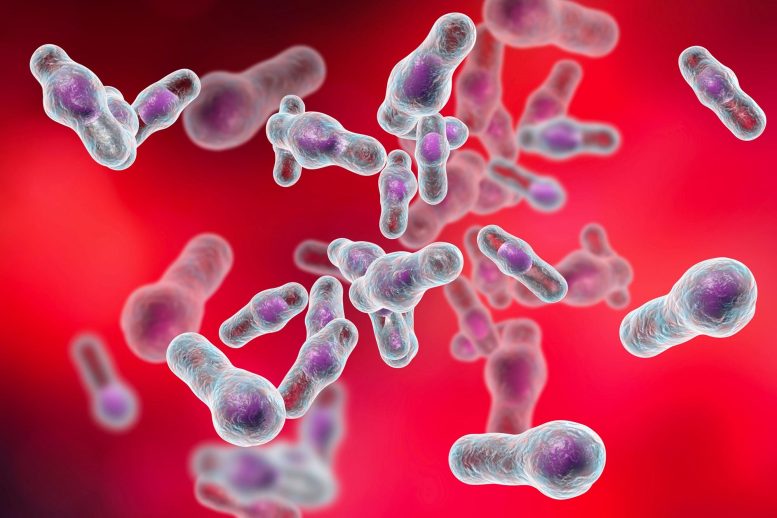
Researchers discovered new compounds in marine sponges that were capable of killing antibiotic-resistant bacteria.
Brazilian scientists discovered several compounds in a marine sponge from Fernando de Noronha, an island off the coast of the Northeast, that killed antibiotic-resistant bacteria.
Researchers at the University of So Paulo (USP) in So Carlos, Brazil, have identified a variety of bioactive substances in a marine sponge that was found on Fernando de Noronha, an island located about 400 km off the northeastern coast of Brazil. Some of the substances were able to kill bacteria that are resistant to current antibiotics, opening the door for the creation of new medications.
The study was funded by FAPSEP and its findings were published in the Journal of Natural Products.
“This marine sponge had been studied previously by groups outside Brazil, mainly in the 1990s. We used next-generation techniques to analyze substances from their secondary metabolism, look for new molecules, and test their biological activity. We were able to describe a number of novel compounds. The main potential detected was against drug-resistant bacteria,” said Vítor Freire, who conducted the study as part of his Ph.D. research at the São Carlos Institute of Chemistry (IQSC-USP).
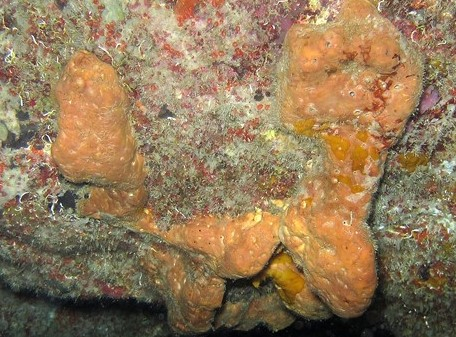
Several substances that killed antibiotic-resistant bacteria were found by Brazilian researchers in a marine sponge native to Fernando de Noronha, an archipelago off the coast of the Northeast. Credit: Eduardo Hajdu/Museu Nacional/UFRJ
The World Health Organization (WHO) views antibiotic resistance as a serious worldwide public health issue. An analysis commissioned by the British government and released in 2016 predicted that in 2050, there would be 10 million drug-resistant bacterial infection-related fatalities annually. Therefore, it is crucial to develop new, powerful antibiotics.
Agelas dispar, a species endemic to the Caribbean and a portion of the Brazilian coast, is the marine sponge that was the subject of the study’s analysis. Marine sponges spend their whole lives attached to reefs or the ocean floor and are some of the oldest animals on Earth. They have evolved a sophisticated metabolism during millions of years of evolution, generating substances needed for competition with other invertebrates and defense against dangerous bacteria.
The substances with the most therapeutic potential identified in the study were three different types of ageliferin, named after the marine sponge genus Agelas.
“Another important factor is the ability of sponges to store symbiont microorganisms, which also help them defend themselves. When we analyze compounds found in sponges, we don’t always know what’s been produced by them and what comes from symbionts,” said Roberto Berlinck, a professor at IQSC-USP and principal investigator for the study.
The research was conducted as part of two projects led by Berlinck and supported by FAPESP.
The trials involving bacteria were performed at Adolpho Lutz Institute (IAL), the reference laboratory for epidemiological surveillance in São Paulo state, and led by André Gustavo Tempone, a researcher also supported by FAPESP.
Tumors and bacteria
Thirteen compounds were tested on an ovarian cancer cell line known as OVCAR3 but were not found to be biologically active. Other research groups that tested ageliferins on lung, colon and breast cancer cells did not observe anti-tumor action, and one had no effect on lymphoma cells. However, three ageliferins eliminated drug-resistant bacteria Escherichia coli and Enterococcus faecalis, which are extremely common and found in various environments as well as the human body; and Staphylococcus aureus, Klebsiella pneumoniae, Acinetobacter baumannii and Pseudomonas aeruginosa, listed by WHO as priority targets for novel antibiotics and among the bacteria responsible for most hospital-acquired infections.
The researchers wanted to know whether the use of these ageliferins could lead to the destruction of red blood cells (hemolysis) in the intestines, a potentially lethal side effect often seen in patients undergoing chemotherapy who need antibiotics. In murine cells, the compounds did not cause this kind of damage, suggesting promising drug development potential.
The next step is to analyze other marine sponges using the same methodology. “Finding out how these substances are produced is extremely important as they’re distributed by several classes of sponge and could help treat diseases in the future,” said Freire, currently a postdoctoral researcher at the National Cancer Institute in the United States.
Reference: “Feature-Based Molecular Networking Discovery of Bromopyrrole Alkaloids from the Marine Sponge Agelas dispar” by Vítor F. Freire, Juliana R. Gubiani, Tara M. Spencer, Eduardo Hajdu, Antonio G. Ferreira, Dayana A. S. Ferreira, Erica V. de Castro Levatti, Joanna E. Burdette, Carlos Henrique Camargo, Andre G. Tempone and Roberto G. S. Berlinck, 15 April 2022, Journal of Natural Products.
DOI: 10.1021/acs.jnatprod.2c00094
The study was funded by the São Paulo Research Foundation.

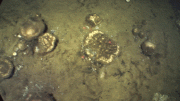
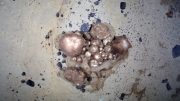
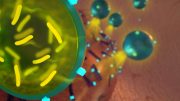
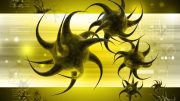
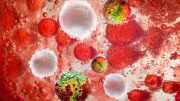
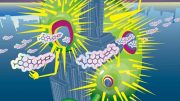
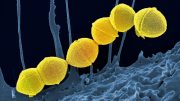
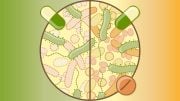
Be the first to comment on "Recently Discovered Bioactive Compounds Can Kill Drug-Resistant Bacteria"